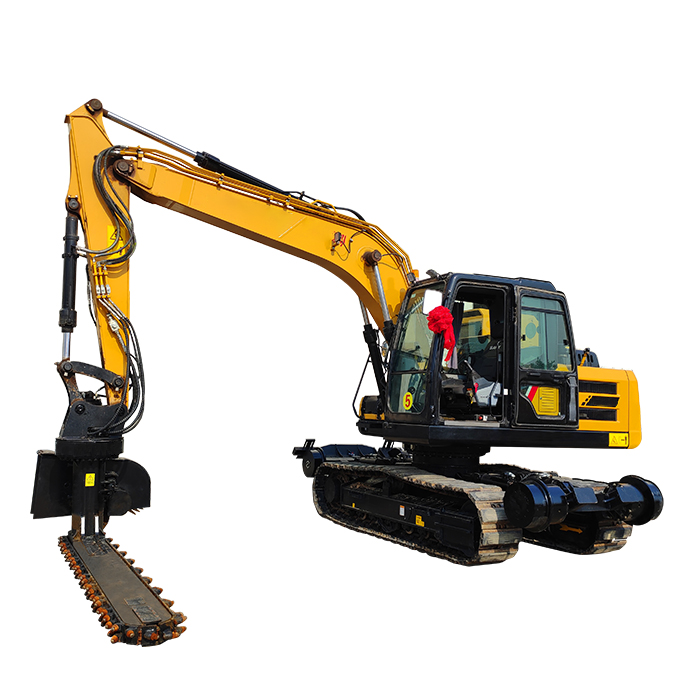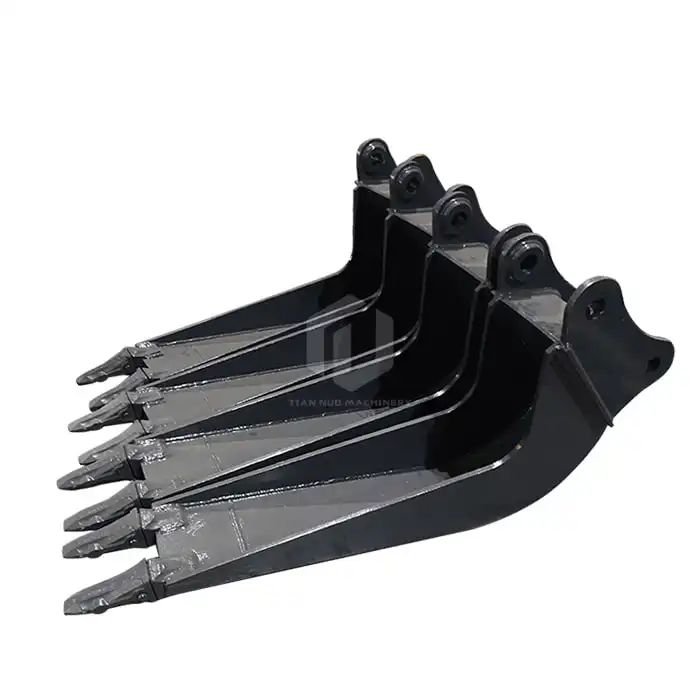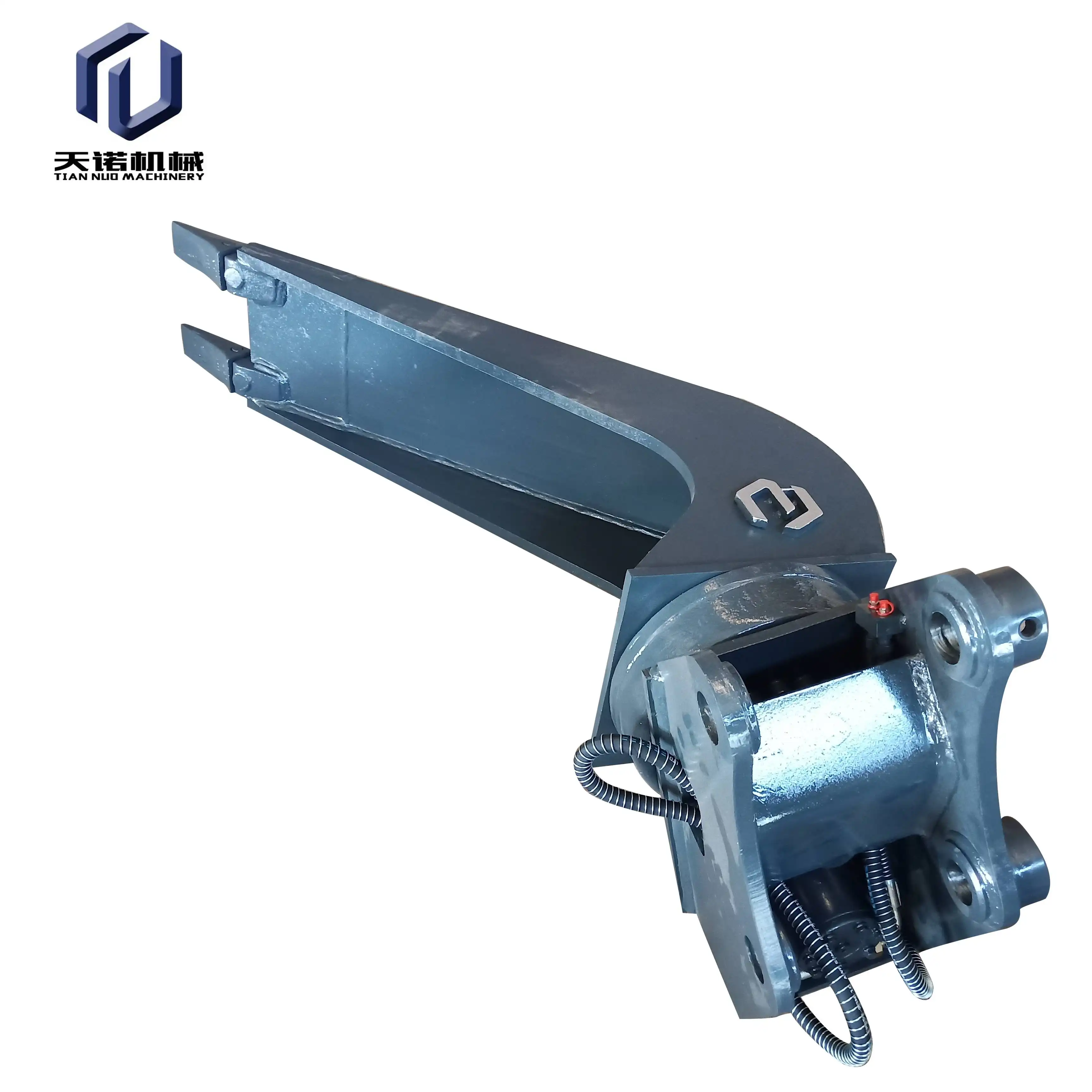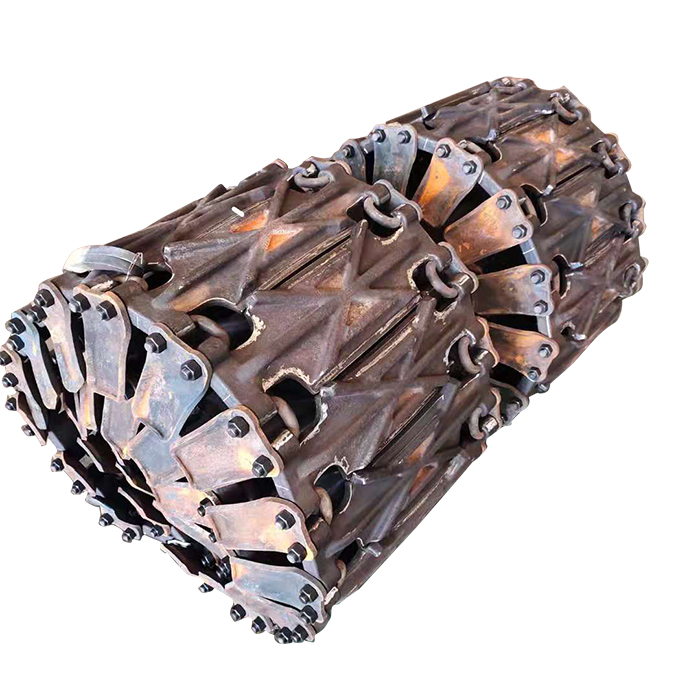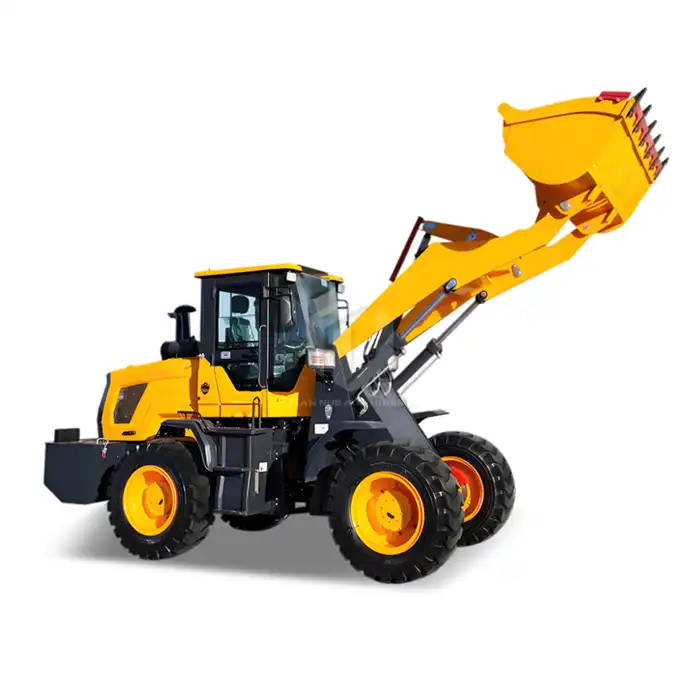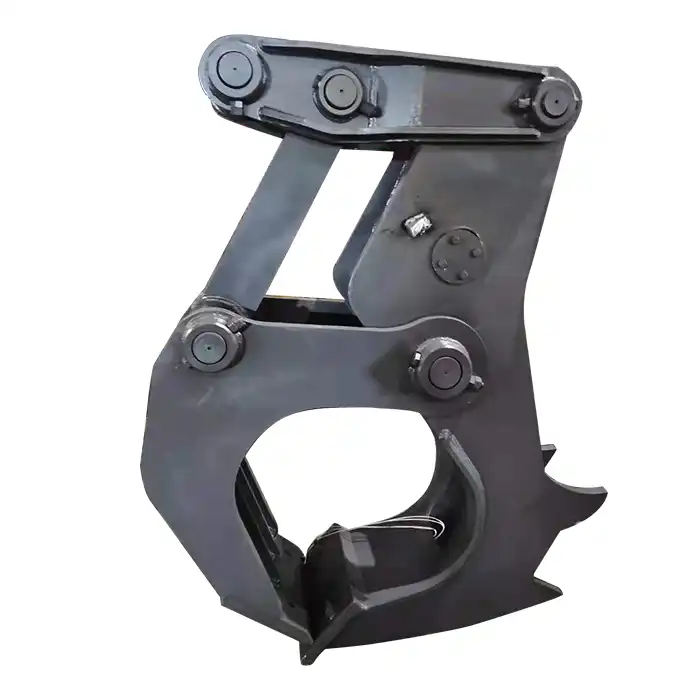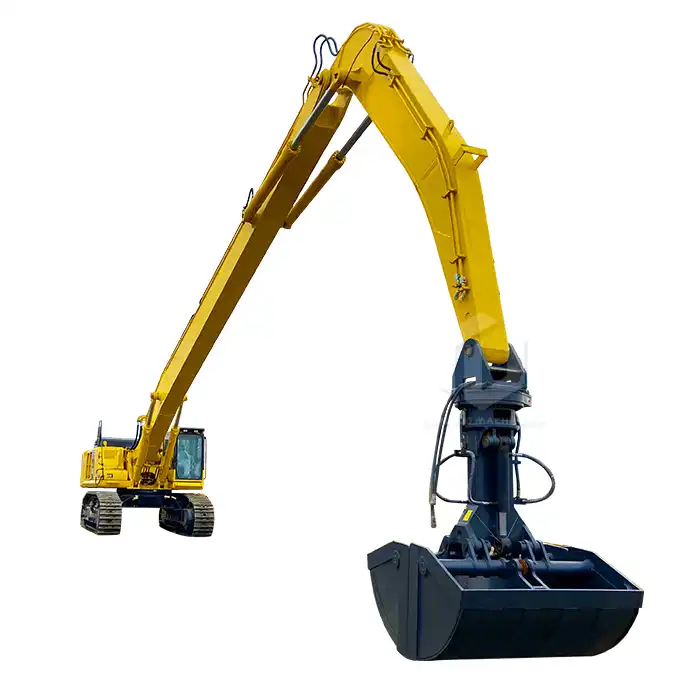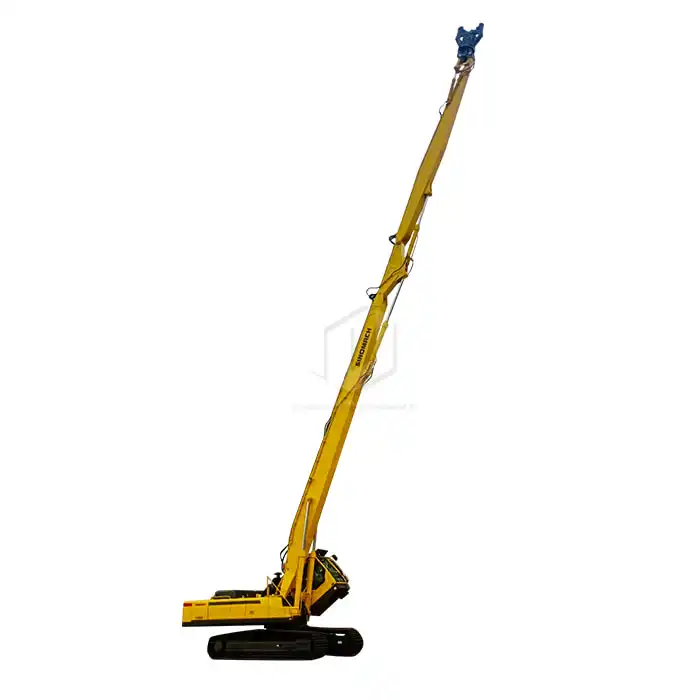Can the 13-40 Ton Excavator Cab Deliver Safe, Customizable Performance?
In the world of heavy machinery, excavators play a crucial role in construction, mining, and various other industries. At the heart of these powerful machines lies the excavator cab - a command center that ensures operator safety, comfort, and efficiency.
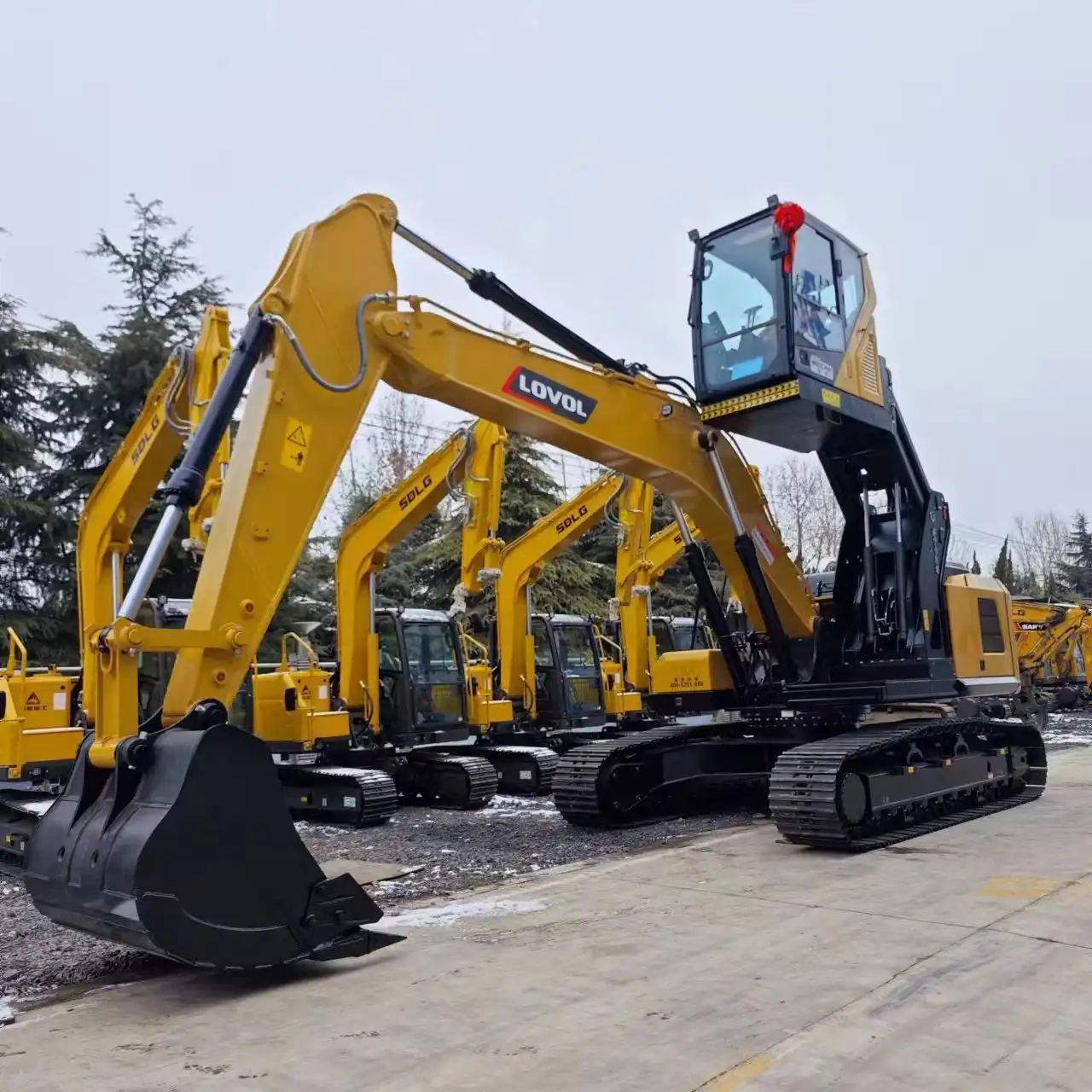
Key Safety Features of 13-40 Ton Excavator Cabs
Safety is paramount when operating heavy machinery, and excavator cabs for 13-40 ton models are designed with this principle in mind. These cabs incorporate a range of features to protect operators and enhance overall site safety.
One of the primary safety elements in modern cabs is the Rollover Protective Structure (ROPS) and Falling Object Protective Structure (FOPS). These robust frameworks are engineered to withstand the impact of rollovers or falling debris, providing a protective cocoon for the operator. The ROPS and FOPS certifications ensure that the cab meets stringent safety standards, giving operators peace of mind in challenging work environments.
Additionally, excavator cabs are equipped with reinforced doors and windows. The high-strength glass used in these cabs is often laminated or tempered, offering resistance against impacts and maintaining structural integrity even if shattered. This feature is particularly crucial in environments where flying debris or unexpected collisions may occur.
Another key safety feature is the emergency exit system. Most 13-40 ton cabs are designed with multiple escape routes, typically including an emergency roof hatch and easily accessible door releases. These allow for quick egress in case of emergencies, such as fires or machine instability.
Modern excavator cabs also incorporate advanced safety technologies. For instance, many are equipped with proximity warning systems that alert operators to potential hazards in the machine's vicinity. Some models even feature integrated camera systems, providing a 360-degree view of the surrounding area and eliminating blind spots.
Cab Design Improvements for Enhanced Visibility and Control
The design of excavator cabs has evolved significantly over the years, with a focus on improving operator visibility and control. These enhancements not only boost productivity but also contribute to safer operations.
One of the most notable improvements is the increased use of glass in cab construction. Modern cabs often feature large, wraparound windows that provide an expansive field of view. This design allows operators to maintain visual contact with their work area and surrounding environment, reducing the risk of accidents and improving overall efficiency.
The positioning of control consoles and displays has also been optimized in contemporary cabs. Ergonomically designed layouts ensure that all essential controls are within easy reach of the operator, minimizing fatigue and enhancing precision. Many cabs now feature adjustable seat-mounted controls, allowing operators to maintain optimal positioning regardless of their physical stature.
Advanced display systems have become increasingly common in 13-40 ton excavator cabs. High-resolution, color LCD monitors provide real-time information on machine status, fuel consumption, and maintenance needs. Some models even incorporate touchscreen interfaces, simplifying navigation through various machine functions and settings.
Visibility is further enhanced through the strategic placement of mirrors and the integration of camera systems. Many modern excavator cabs feature multiple mirrors positioned to eliminate blind spots, while camera feeds can be displayed on in-cab monitors, providing operators with a comprehensive view of their surroundings.
The cab's suspension system has also seen significant improvements. Advanced shock-absorption technologies help isolate the operator from machine vibrations, reducing fatigue and improving comfort during long work shifts. This enhanced comfort translates to better control and increased productivity.
Customization Options for Specific Job Site Requirements
The versatility of 13-40 ton excavators is greatly enhanced by the ability to customize their cabs for specific job site requirements. This adaptability ensures that the machine can be optimized for various applications and working conditions.
One of the primary areas of customization is the cab's climate control system. Depending on the operating environment, cabs can be equipped with high-capacity heating and air conditioning units. For extremely cold climates, additional insulation and pre-heaters can be installed to ensure comfortable working conditions. Conversely, for hot environments, tinted windows and enhanced cooling systems can be added.
Lighting is another aspect that can be customized to suit specific needs. While standard cabs come with basic lighting setups, additional work lights can be installed for improved visibility during night operations or in low-light conditions. LED lighting options are increasingly popular due to their energy efficiency and long lifespan.
The seating arrangement in excavator cabs can also be tailored to operator preferences. Options may include air-ride seats with adjustable suspension, heated seats for cold environments, or ventilated seats for hot climates. Some manufacturers offer the possibility of installing instructor seats for training purposes.
For specialized applications, a cab excavator can be fitted with additional instrumentation or controls. For instance, cabs used in precision excavation work might include grade control systems with high-resolution displays. Similarly, cabs for machines used in hazardous environments can be equipped with air filtration systems or even pressurized to prevent the ingress of harmful particles.
The structural customization of excavator cabs is also possible to meet specific height or width requirements. For instance, low-profile cabs can be designed for machines operating in areas with height restrictions, while extra-wide cabs might be preferable for operators requiring an additional workspace.
China Excavator Cab Manufacturers
As the industry continues to evolve, we can expect further innovations in cab design, potentially incorporating technologies like augmented reality displays or advanced AI-assisted control systems. These developments will undoubtedly contribute to safer, more productive operations in the construction and mining sectors.
If you are choosing your cab excavator manufacturer, please feel free to reach out to our manager at arm@stnd-machinery.com and the team at rich@stnd-machinery.com and tn@stnd-machinery.com. Our excavator cabs are applicable for 13-40 ton models, with an above train assignment style. We offer an effective pass height of 4300 mm (customizable) and an effective passing width of 4200 mm (customizable). Our cabs feature 4 legs, crawler walking operation mode controlled by the main machine's track lever, and are equipped with protective railings for added safety. The bucket capacity ranges from 2-3.5 cubic meters. Let us help you find the perfect cab solution for your specific needs.
References
- Occupational Safety and Health Administration. (2021). Rollover Protective Structures (ROPS) for Construction Equipment.
- International Organization for Standardization. (2019). ISO 10262:2019 Earth-moving machinery — Hydraulic excavators — Laboratory tests and performance requirements for operator protective guards.
- Petzall, J., & Sethsson, B. (2018). Visibility from the Operator's Cab on Mobile Machinery: An Overview. International Journal of Occupational Safety and Ergonomics, 24(3), 413-422.
- Kim, K., & Kim, J. (2020). Development of a 360-degree Around View Monitoring System for Excavators. Automation in Construction, 119, 103343.
- Choi, J., & Kim, K. (2019). Thermal Comfort in the Excavator Cab in Winter: A Case Study. International Journal of Environmental Research and Public Health, 16(21), 4212.

